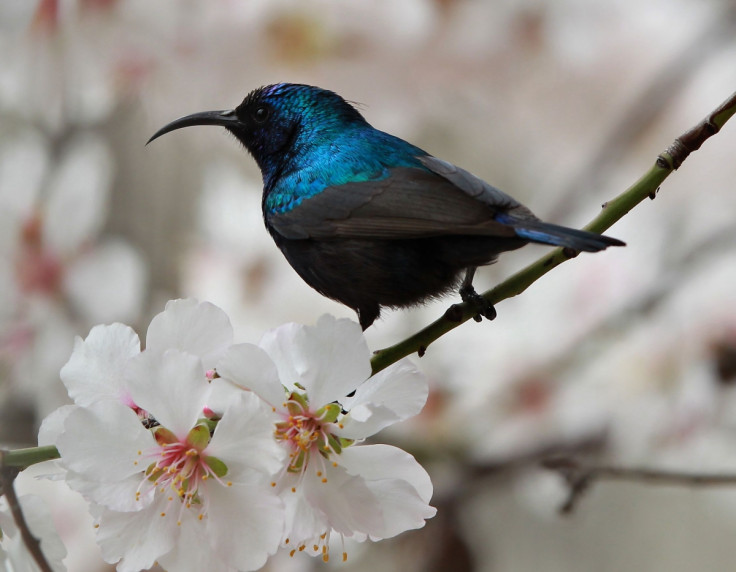47-Million-Year Old First Pollinating Bird Found Fossilised in Germany

Scientists have discovered a 47 million years old fossil that could be the earliest known evidence of a pollinating bird.
The fossilised bird has been found in Messel in Germany.
It belongs to the extinct species Pumiliornis tessellates, according to a paper published in this week's Biology Letters.
"The skeletal morphology of Pumiliornis is in agreement with this bird having been a, presumably nectarivorous, flower-visitor," authors of the paper, Gerald Mayr and Volker Wilde of Senckenberg Research Institute and Natural History Museum Frankfurt, noted in their report.
The bird, which has no close relative among modern species, contains numerous preserved pollen grains in its stomach.
Scientists said the stomach content of the fossilised bird is a clue that the finding provides the first direct date of the evolutionary history of bird pollination.
"Birds are important pollinators, but the evolutionary history of ornithophily (bird pollination) is poorly known," the researchers said.
"Here, we report a skeleton of the avian taxon Pumiliornis from the middle Eocene of Messel in Germany with preserved stomach contents containing numerous pollen grains of an eudicotyledonous angiosperm," they added.
Hummingbirds that date back to 30 to 34 million years had been the earliest known pollination birds until now.
But hummingbirds offer only indirect evidence of bird pollination as no facts show that the birds actually visited flowers millions of years ago, Mayr explained to National Geographic.
The newfound fossil of Pumiliornis tessellates, which was about the size of a hummingbird, offers direct evidence of flower-visiting by birds and suggests that bird pollination is much older than previously thought.
"It [the bird] represents the earliest and first direct fossil evidence of flower-visiting by birds and indicates a minimum age of 47 million years for the origin of bird–flower interactions," the researchers said in their paper.
© Copyright IBTimes 2025. All rights reserved.






















